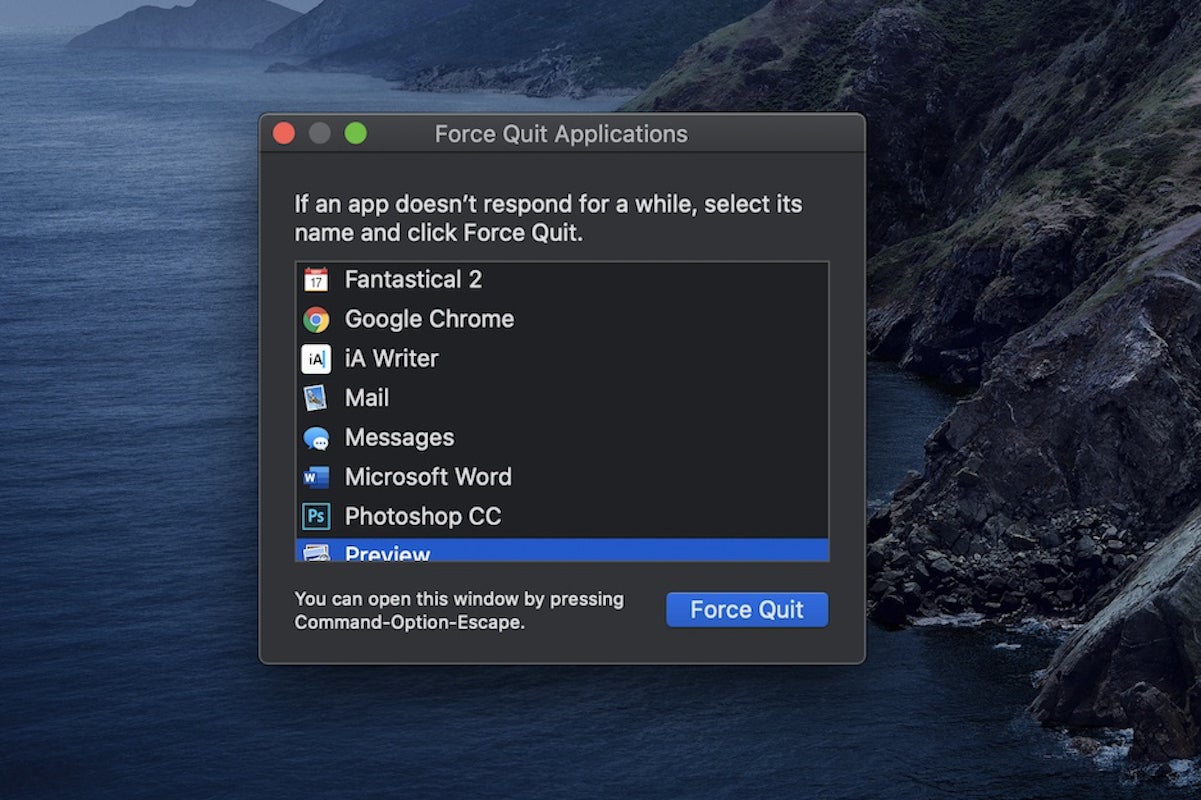

- #MAC ESCAPE KEY IN TERMINAL HOW TO#
- #MAC ESCAPE KEY IN TERMINAL MAC OS X#
- #MAC ESCAPE KEY IN TERMINAL CODE#
:help i_CTRL-C Use Alt/Meta In a Terminal Īlt keys appear on most PC keyboards. If you have a keyboard where the bracket is already mapped to Alt Gr-something (like the spanish keyboard), press Ctrl-c to quit insert mode (however, Ctrl-c does not expand abbreviations). This provides an easy way to exit from insert mode. If you have an American English keyboard, pressing Ctrl-[ (control plus left square bracket) is equivalent to pressing Esc.

Some of the suggestions involve more than avoiding escape topics also discussed include using the CapsLock key for Ctrl, and avoiding irritations from accidental use of CapsLock. For other suggestions involving mapping keys with the operating system or utilities, see Map caps lock to escape in XWindows (for Unix-based systems), Map caps lock to escape in Windows (for Windows), or Map caps lock to escape in macOS. No utility programs or operating system tweaks are required for this tip. Many touch typists appreciate the fact that they can leave their hands on the keyboard home row while using Vim, so there are several ideas for avoiding the Esc key at its current location (pressing Esc generally requires stretching to the top of the keyboard). The Vi editor was originally written on an ADM-3A terminal, which had the Escape key positioned where the Tab key occurs on most modern keyboards.
#MAC ESCAPE KEY IN TERMINAL HOW TO#
Posted on AugNovemby Jeff Mikels in Geekery.This tip discusses how to exit from insert mode without needing to press Esc. Each of the solutions below only work in a few of the cases for me.
#MAC ESCAPE KEY IN TERMINAL MAC OS X#
My solution above is compatible with the latest version of Mac OS X (Mountain Lion), and is also the default key binding for xterm, remote shells (ssh), vi(m), and also GNU screen. The main problem with each solution below is that they only work part of the time.

Other links that worked but had problems: Some Linux/Unix Friendly Keycodes (submit your own in the comments):
#MAC ESCAPE KEY IN TERMINAL CODE#
The right key code for “end” is exactly like “home” but you replace the “H” with an “F”.To enter the right key code, clear the box and type these keys in order: ESCAPE O H (that’s a capital letter o, not a zero).Select the line that has the word “home” in the “Key” column.In the right pane, select the Keyboard button to see keyboard settings.Under Settings, select a Profile you want to change.Select Preferences from the Terminal Menu.If you want to make your Terminal operate like a standard Unix-like terminal, follow these simple steps: Luckily, the Mac Terminal has the ability to let the intrepid user customize it’s keybindings. However, since most Terminal applications aim for the Unixy world, they don’t care about scrolling through documents as much as dealing with the line you are on. In nearly every OS, Home has meant “go to the beginning of the line” and End has meant “go to the end of the line,” but on the Mac, the default has always been for Home to scroll a document up to the top and for End to scroll the document down to the bottom. The most frustrating ones are Home and End. The Mac Terminal.app is one of the best Terminals I have used, but it has some annoying quirks like not supporting standard key definitions out of the box.


 0 kommentar(er)
0 kommentar(er)
